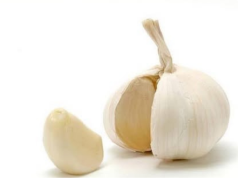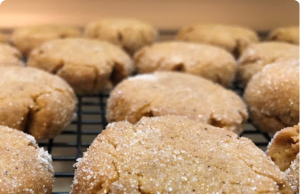In the quiet corners of old kitchens and dusty farmhouse pantries, one can still find a relic of a slower, more deliberate way of life — the wooden cheese press. Modest in appearance and unassuming in design, this humble tool once played a vital role in one of humanity’s oldest culinary traditions: cheesemaking.
Long before mass production and plastic-wrapped blocks lined grocery store shelves, cheese was a labor of love, crafted by hand in small batches. At the heart of this process stood the wooden cheese press — a silent but essential companion in transforming soft, delicate curds into firm, flavorful wheels of cheese. With its sturdy frame and adjustable screw mechanism, it applied steady, even pressure to coax out excess whey, shaping the final texture and character of the cheese.
Each press was a testament to craftsmanship, often handmade from durable hardwoods like maple or oak, and passed down through generations. Its worn surfaces bore the marks of countless cheesemaking sessions — fingerprints of tradition, patience, and care.
More Than a Tool — A Keeper of Heritage
The wooden cheese press was never just a kitchen implement; it was a vessel of cultural memory. Embedded in its grain were the secrets of family recipes and regional cheesemaking customs. In rural villages across Europe and beyond, it was common for each household to have its own unique style of cheese — shaped by local milk sources, climate, and the maker’s intuition.
These traditions were not rushed. They required time, attention, and reverence for the process. The slow, methodical turning of the press’s screw mirrored the rhythm of life itself — unhurried, deliberate, and deeply connected to the land. Cheesemaking was an act of sustenance and self-reliance, a skill honed over years and shared from parent to child.
A Symbol of Intentional Living
In today’s fast-paced world, where convenience often overshadows craftsmanship, the wooden cheese press stands in quiet contrast. It represents a time when food was not simply consumed, but created — with intention, care, and a deep understanding of the ingredients at hand.
Kitchens once echoed with the sounds of churning, pressing, and aging. The air was rich with the tang of fermenting dairy and the earthy scent of wooden tools. These were spaces of nourishment and ritual, where every product on the shelf told a story of labor and love.
The cheese press reminds us of a time when people lived closer to their food sources — when meals were not just fuel, but a connection to the land, the seasons, and the hands that shaped them.
A Silent Witness to a Vanishing Art
Today, many of these wooden presses sit forgotten in attics and barns, their purpose fading with time. Yet, they remain powerful symbols of resilience and tradition. Their presence invites us to reflect on the evolution of our food culture — and on the wisdom that has been lost in the pursuit of efficiency.
There is a growing movement among artisans and home cooks to revive traditional cheesemaking methods, and with it, a renewed appreciation for the wooden cheese press. For those who take the time to learn its use, the press offers more than just a way to make cheese — it offers a connection to history, to place, and to the generations who understood that nourishment is more than sustenance; it is an act of love.
A Legacy in Wood and Whey
In its stillness, the wooden cheese press speaks volumes. It stands as a quiet monument to a way of life that valued patience, skill, and sustainability. It challenges us to slow down, to rediscover the art of making rather than buying, and to honor the traditions that shaped our culinary heritage.
So the next time you encounter one of these weathered tools in an antique shop or family heirloom collection, pause and consider its story. Behind its worn handles and carved grooves lies a legacy not of convenience, but of connection — to the earth, to effort, and to the timeless craft of turning milk into memory.










